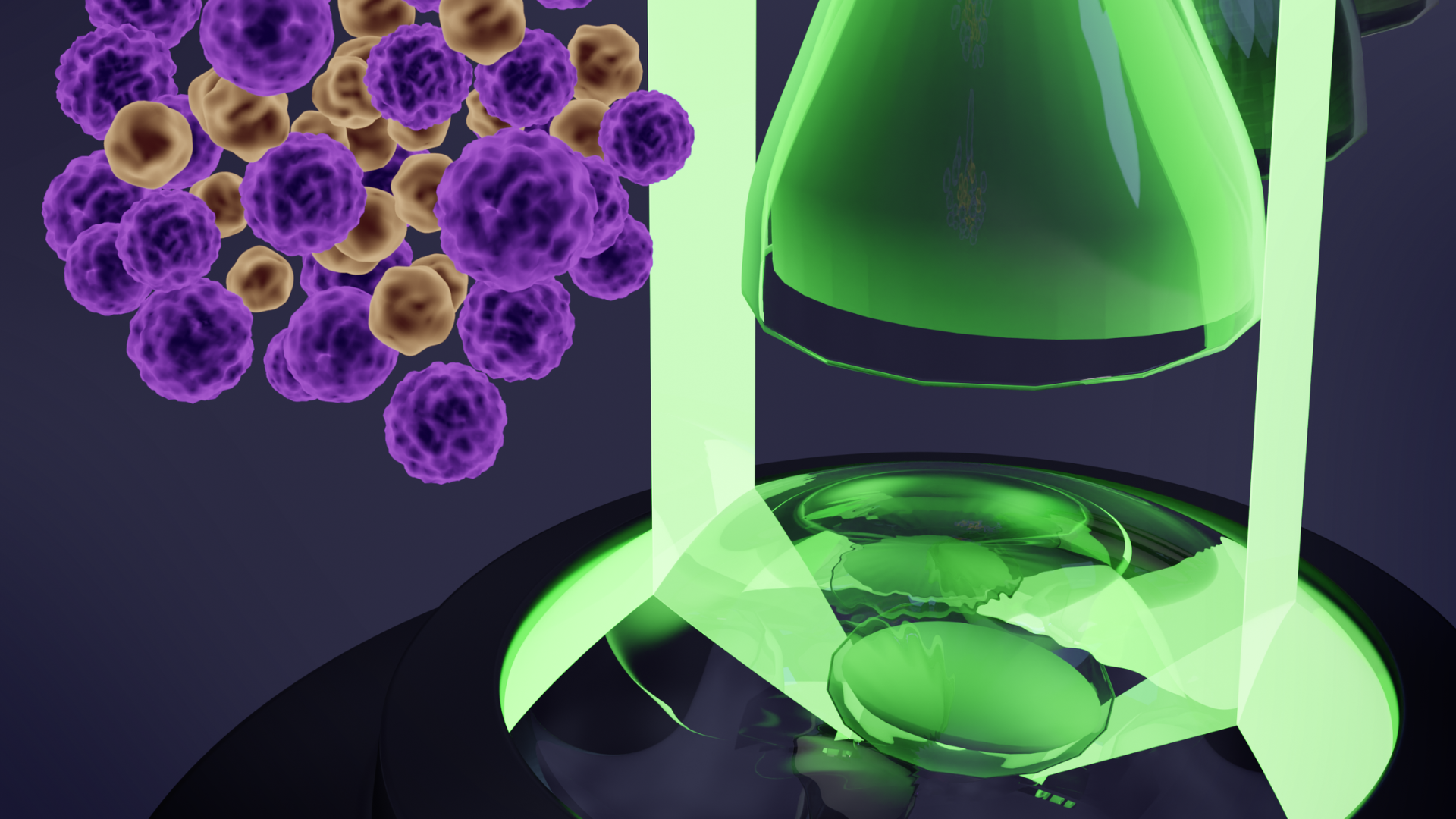New geometric models of biological shapes: Hungarian mathematicians' discovery wins design award for US students
Gábor Domokos, leader of the HUN-REN–BME Morphodynamics Research Group, and his colleagues have identified a new class of mathematical shapes known as soft cells. Such cells can be observed in muscle cells and in the shell of the nautilus, also known as the chambered nautilus. Building on the discovery by the Hungarian researchers, which has already gained attention in the international scientific press, architecture students from the California College of the Arts have won the scientific category of one of the world's most prestigious biodesign competitions.
Mathematicians have long studied polygonal and polyhedral space-filling shapes that fit together without gaps. Examples include regular squares and triangles in the plane, and cubes and other polyhedra in three-dimensional space. However, space-filling "tiles" that mimic natural patterns have not been thoroughly examined until now, says Gábor Domokos, applied mathematician and leader of the HUN-REN–BME Morphodynamics Research Group.
A common feature of such natural tiles is that they rarely have perfectly straight lines and sharp corners: consider the interior of an onion, wheat grains, snail shells, or even the three-dimensional shapes of the epithelial cells that cover the organs. Gábor Domokos and his colleagues have now discovered a new class of shapes that describes such curved-edged elements. What these seamlessly fitting soft cells have in common is that they have as few sharp corners as possible.

Soft cells have as few sharp corners as possible while fitting as tightly as possible. Source: G. Domokos
The Hungarian researchers (Gábor Domokos, Ákos G. Horváth, and Krisztina Regős) modelled the mosaics according to the logic of the so-called mean-field theory to first examine how many vertices an average cell can have: while this number is at least 3 for polygons, they found planar mosaics where the average number of vertices drops to as low as two. The researchers also found a beautiful example of this in the planar section of the cell of the Nautilus, a marine cephalopod. However, upon examining the latter, Krisztina Regős noted that she believes this shape has no vertices whatsoever in three dimensions.

The interior of the Nautilus shell: these cells have no vertices in three dimensions.
"First, we tried to imagine the interior of the Nautilus shell, but we couldn't. Then I bought a shell at a fair, which we examined for a long time, trying to peer inside it, but we still couldn't answer Krisztina's suggestion. Eventually, by examining the three-dimensional data set produced with the micro-CT equipment at the University of Dundee, we were able to better understand the incredibly complex geometry of the cell. When I 'snuggled' into the lime skeleton using the 3D images, I was breathless: the cells indeed had no vertices," Gábor Domokos recalls. This led to an extensive collaboration with Alain Goriely, a mathematician at the University of Oxford, the abstract of which has already been posted on a preprint server and is currently awaiting acceptance by a prestigious scientific journal. The new model can now be used to describe how different patterns form and grow in living organisms.

The winning team applying Gábor Domokos' discovery. Photo by Margaret Ikeda


